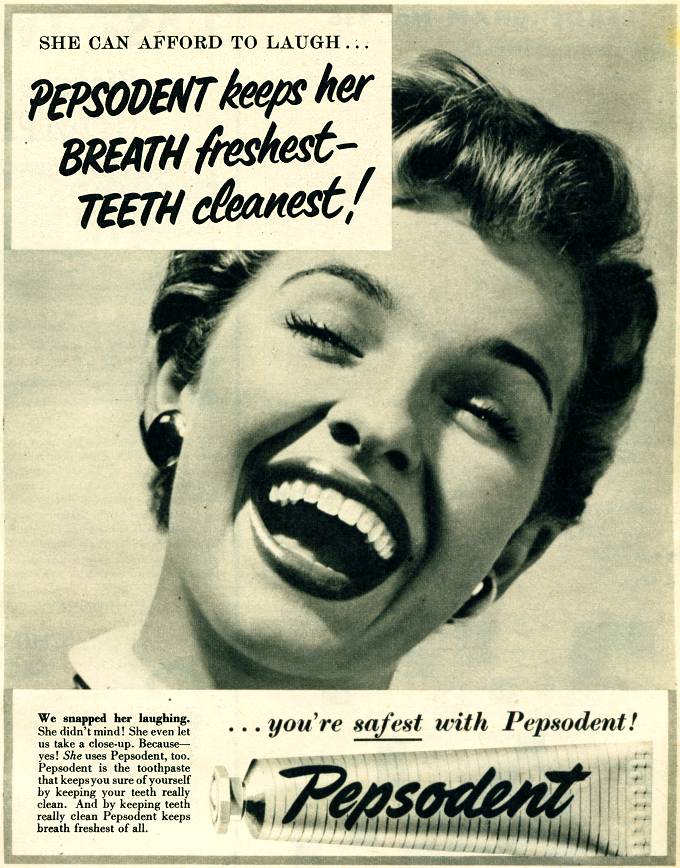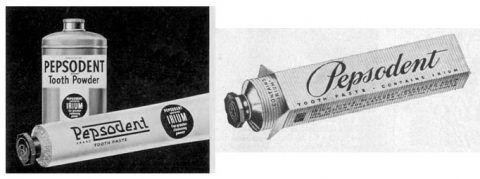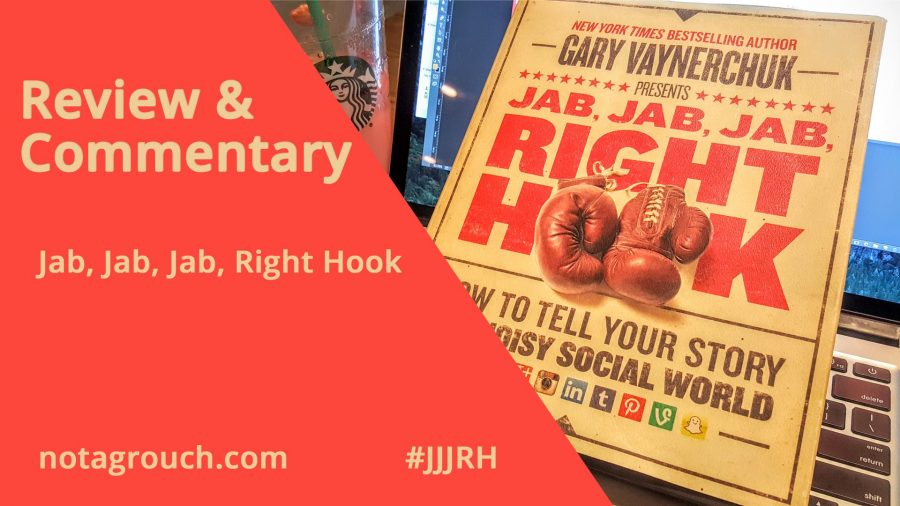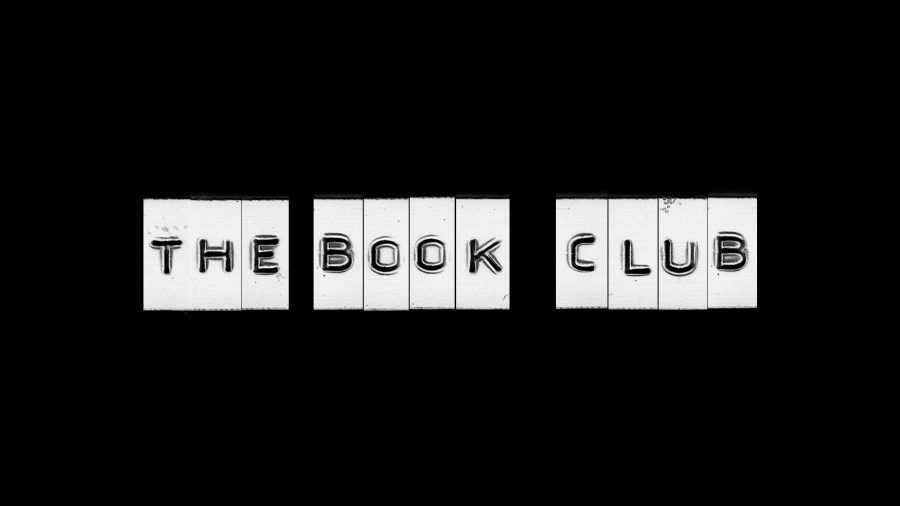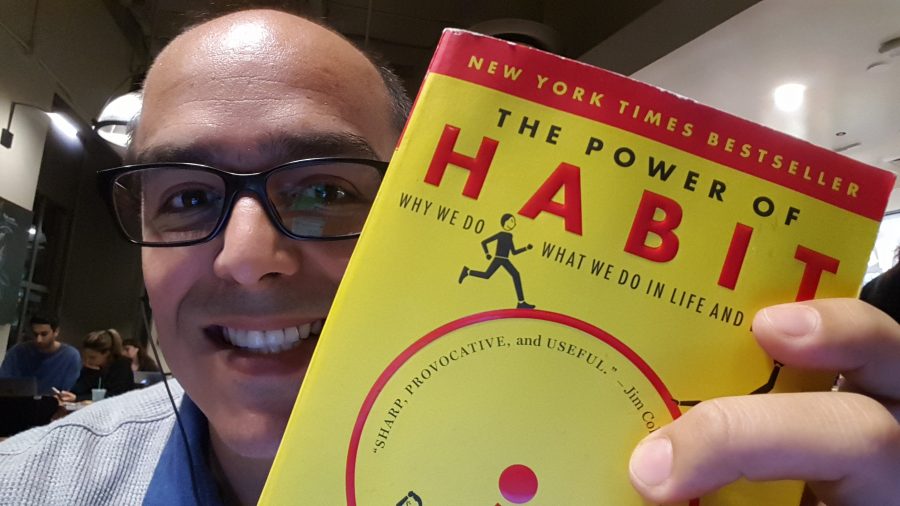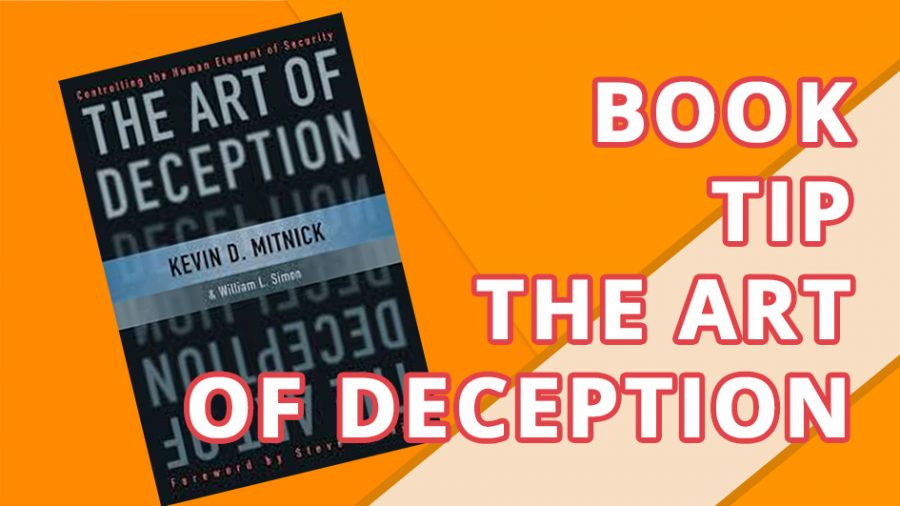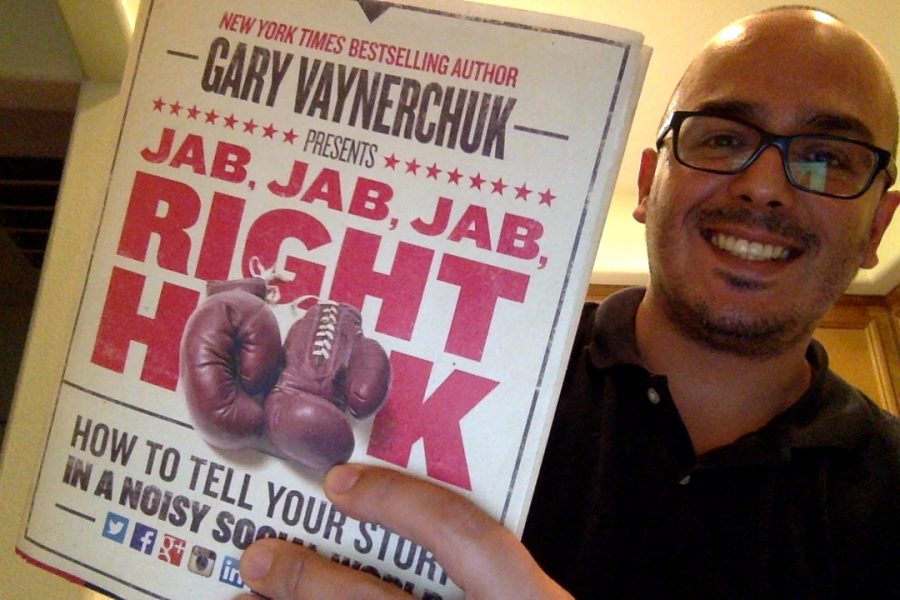The Power of Habit: Week One Completed
It's been one week since we started the Dot Com Lifestyle Book Club, and if you're following along then you should be reading The Power of Habit. I'll talk briefly about the club, and then share my thoughts on the first section of the book by Charles Duhigg. I'll be covering the prologue and the first two chapters.
If you want to be notified of upcoming events for our group (everybody is welcome to join), then don't forget to subscribe via meetup at the Dot Com Lifestyle meetup page here.
Before I let you have my thoughts on the first week of reading. These are the questions would put up for discussion:
- What is The Habit Loop?
- Why do we do things when we don't want to?
- What is a cue?
- What is a reward?
- What is a routine?
- What habit do you have that you want to change? Identify it clearly
- What habit do you wish you had and want to institute? Identify it clearly.
- If we are conditioned to doing something after it becomes a habit, how do we force ourselves to modify that habit?
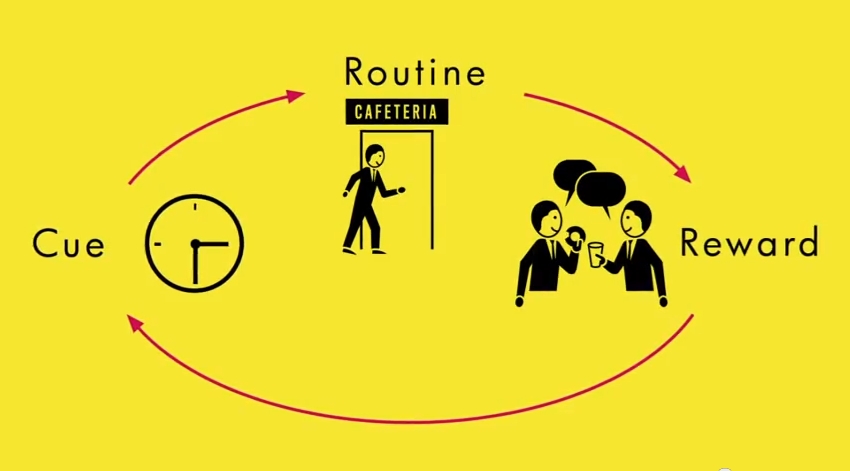
Prologue, The Habit Cure
The prologue sets up the stage by introducing us to Eugene Pauly "E.P." someone that lost all capacities to remember new things at an early stage in his life, but continued to live a semi-independent life. He could not remember anything prior to the incident that caused this memory loss, but over the next decades researches found so much about how our brains work and why we can do things even without having much recollection of why or how we do them.
As I read the prologue, I couldn't help but think about Blink by Malcom Gladwell, and Moonwalking with Einstein by Joshua Foer. Blink because it seems that a lot of our "thin slicing" is based on cues and habits that we form and unknowingly embed into our deep subconscious. And Moonwalking with Einstein because that's where I first learned about Eugene Pauly, and it's all about memory. If you have the inclination, I recommend both of those books as well!
The Power of Habit is broken down into 3 parts and each part into several chapters. For the first week, our asisgnment was to read the Prologue, and the first 2 chapters.
The Habit Loop; How Habits Work
We learned more about Eugene and other cases and studies that helped researchers understand how habits work. This first chapter is captivating and you can't help but keep turning the pages to see where all of this information leads to. Most of the research into habits started around 50 years ago. EP's case was pivotal in this research.
Scientists were able to isolate why we do things "out of habit" and what part of our brain controls this. Turns out that habits once formed, are very hard to break. They are ingrained into the most primal areas of our brains. This is what makes habits so strong and a double-edge sword.
We have good and bad habits, and while these happen almost instinctively once they are formed, it is only by conscious actions and efforts that we can shape and change the habits to benefit us.
I think this small excerpt explains most of what this chapter is all about, and really I expect this to be part of the overall message of the book:
Habits are powerful, but delicate. They can emerge outside our consciousness, or can be deliberately designed. They often occur without our permission, but can be reshaped by fiddling with their parts. They shape our lives far more than we realize---they are so strong, in fact, that they cause our brains to cling to them at the exclusion of all else, including common sense.
In this chapter, we also learn about The Habit Loop, which is composed of three parts. The cue, the routine and the reward. The cue is what triggers a routine, and the reward is what comes after the routine.
It seems so obvious when you look at it like this but it is much more nuanced than that once you understand how cues trigger a routine and eventually this delivers a reward that may or may not be good for us.
John talked about this in a recent video:
The Craving Brain; How to Create New Habits
The second chapter talks more about how industry has researched and used the power of habit to further its goals. For example, we learn about how during World War I, dental hygiene was a considered a national security risk by the government and how one creative marketer tapped into the habit loop to change this, selling toothpaste to millions of people worldwide and making brushing your teeth a thing.
Brushing your teeth was not a thing, until the maker of Pepsodent teamed up with Claude C. Hopkins to make it a thing.
Prior to this time, most people didn't brush their teeth like you and I do today, three times a day. Yes, it seems painfully obvious that this is a good thing, but why it became a habit in a matter of 6 months to 2 years speaks volumes about how things can change quickly if we align the elements of the habit loop in a strategic manner.
Obviously, as marketers and business owners, we must learn about the habit loop. If we can align our products and services to fit within the habit loop then we will be able to help more people solve their problems. As you'll read in the book, even when a problem is painfully obvious, people may not necessarily find a rational way to solve the problem. As you wrap up chapter two, you'll learn about how Febreze is a perfect example of this dilemma.
Here you have a highly effective product that could literally eliminate bad odors of all kinds, yet when it first went to market in the mid 90's, it tanked. It was a total failure.
The mega corporation P&G was about to pull Febreze off the shelves and call it quits. But then they found the right cue, routine and reward. They reworked their marketing strategy and the rest is history. Febreze is perhaps one of the most recognized brands of all time.
What's next?
In the first blogpost about the book club, I broke down the sections to read in a weekly basis, but I think I made a mistake in breaking it down by page numbers and then going to the nearest section or chapter break. I'll be updating that blogpost. But for now, to correct this, the next week of reading may be a little heavier, but the break should make more sense it's listed below:
If you want to follow along, for this week you should read the following:
- Part 1
- Chapter 3, The Golden Rule of Habit Change: Why Transformation Occurs.
- Part 2
- Keystone Habits, or the Ballad of Paul O'neill: Which Habits Matter Most.
- Starbucks and the Habit of Success: When Willpower Becomes Automatic.
- The Power of a Crisis: How leaders Create Habits Through Accident and Design.
If you haven't picked up the book, then now it's a good time to do it, paperback is around $8.50, and kindle edition is around $11.00 if you have Amazon Prime, check prices here.
If you started it and you want to take advantage of our collective discussions then come out for our regular meetup, and write about it on your blog. Let me know if you do and I'll include your links in a round-up type of blogpost.
If you don't have a blog, I will be happy to host your reviews or commentary on my blog as a guest blogger. You can also leave a comment below to talk about any of this, don't be afraid, jump in!

